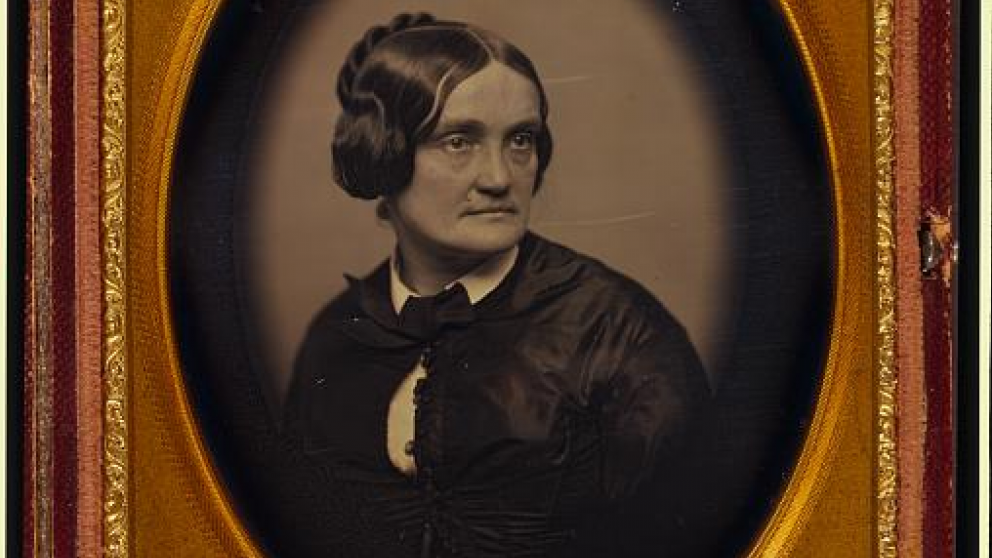Antique Photos 101

Daguerreotypes (1839-ca.1860)
The daguerreotype method, developed by the French artist Louis Daguerre, became the earliest wide-spread method of photography upon its debut in 1839. The process consisted of sensitizing a highly-polished, silver-clad copper blank with silver iodide and developing the exposed image with mercury vapor to create a unique direct positive image. Once developed, the extremely delicate daguerreotype image needed to be sealed under glass to guard the plate from abrasions and atmospheric conditions that might tarnish the silver.
In addition to the sealed leatherette “union case”, the high mirror finish required for a clear image is the definitive feature of the daguerreotype. The highly reflective surface of the plate makes the grayish daguerreotype image clearly visible only at certain angles or in diffuse light, clearly distinguishing the daguerreotype process from its successors.
Ambrotypes (1852-ca. 1890)
Though the daguerreotype process produced beautifully detailed images, the great cost in time and materials necessitated a cheaper and more expedient substitute. By 1852, Frederick Scott Archer had devised a way of applying a photo-sensitive emulsion onto glass, reducing the price and eliminating the dreaded time spent polishing silvered plates. Upon development, the darkest parts of the Ambrotype's image area would render as transparent spots on the glass, requiring a dark background be placed behind the glass to make the final image visible.
Ambrotypes were also commonly displayed in protective “union cases”, but can be easily discerned from a Daguerreotype. The ambrotype's glass surface is characterized by a creamy, low-contrast emulsion while the reverse side is often either coated with black varnish or mounted over a dark felt or paper backing inside the image case. Thanks to the more stable image surface, ambrotypes were also more frequently and lavishly hand-tinted than daguerreotypes.
Tintypes/Ferrotypes/Melainotypes (1856-ca.1900)
First developed in the United States by Hamilton L. Smith, the Tintype process sought to both reduce the cost and increase the durability of the Ambrotype by using varnished sheets of tin in place of original glass. This now meant that a direct positive image could be obtained without requiring a protective case (even though some early melainotypes and tintypes were displayed in cases in accordance with contemporary fashion) or the application of an opaque backing.
Titnypes are similar in contrast and image quality to ambrotypes, and later uncased specimens can easily be identified by the thin, flexible metal to which the emulsion is applied. Often the flexibility of the plates can cause fine cracking in the hardened emulsion over the image surface, providing a tell-tale indicator of the process. Additionally, a magnet may be used to identify that the image is on a ferrous metal plate and not glass or a silver-clad copper plate.





